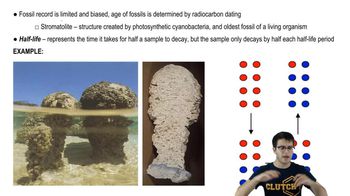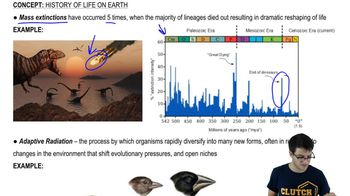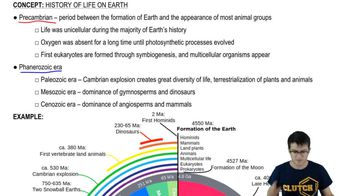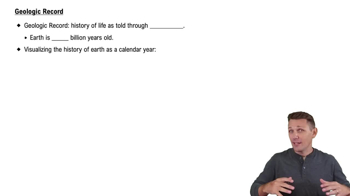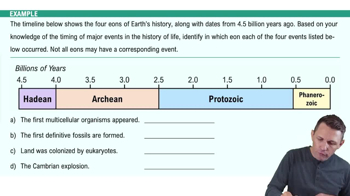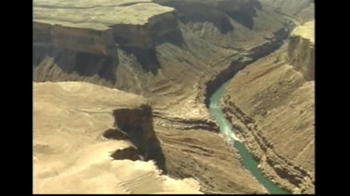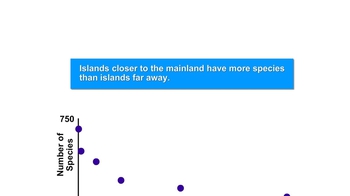Table of contents
- 1. Introduction to Biology2h 40m
- 2. Chemistry3h 40m
- 3. Water1h 26m
- 4. Biomolecules2h 23m
- 5. Cell Components2h 26m
- 6. The Membrane2h 31m
- 7. Energy and Metabolism2h 0m
- 8. Respiration2h 40m
- 9. Photosynthesis2h 49m
- 10. Cell Signaling59m
- 11. Cell Division2h 47m
- 12. Meiosis2h 0m
- 13. Mendelian Genetics4h 44m
- Introduction to Mendel's Experiments7m
- Genotype vs. Phenotype17m
- Punnett Squares13m
- Mendel's Experiments26m
- Mendel's Laws18m
- Monohybrid Crosses19m
- Test Crosses14m
- Dihybrid Crosses20m
- Punnett Square Probability26m
- Incomplete Dominance vs. Codominance20m
- Epistasis7m
- Non-Mendelian Genetics12m
- Pedigrees6m
- Autosomal Inheritance21m
- Sex-Linked Inheritance43m
- X-Inactivation9m
- 14. DNA Synthesis2h 27m
- 15. Gene Expression3h 20m
- 16. Regulation of Expression3h 31m
- Introduction to Regulation of Gene Expression13m
- Prokaryotic Gene Regulation via Operons27m
- The Lac Operon21m
- Glucose's Impact on Lac Operon25m
- The Trp Operon20m
- Review of the Lac Operon & Trp Operon11m
- Introduction to Eukaryotic Gene Regulation9m
- Eukaryotic Chromatin Modifications16m
- Eukaryotic Transcriptional Control22m
- Eukaryotic Post-Transcriptional Regulation28m
- Eukaryotic Post-Translational Regulation13m
- 17. Viruses37m
- 18. Biotechnology2h 58m
- 19. Genomics17m
- 20. Development1h 5m
- 21. Evolution3h 1m
- 22. Evolution of Populations3h 52m
- 23. Speciation1h 37m
- 24. History of Life on Earth2h 6m
- 25. Phylogeny2h 31m
- 26. Prokaryotes4h 59m
- 27. Protists1h 12m
- 28. Plants1h 22m
- 29. Fungi36m
- 30. Overview of Animals34m
- 31. Invertebrates1h 2m
- 32. Vertebrates50m
- 33. Plant Anatomy1h 3m
- 34. Vascular Plant Transport2m
- 35. Soil37m
- 36. Plant Reproduction47m
- 37. Plant Sensation and Response1h 9m
- 38. Animal Form and Function1h 19m
- 39. Digestive System10m
- 40. Circulatory System1h 57m
- 41. Immune System1h 12m
- 42. Osmoregulation and Excretion50m
- 43. Endocrine System4m
- 44. Animal Reproduction2m
- 45. Nervous System55m
- 46. Sensory Systems46m
- 47. Muscle Systems23m
- 48. Ecology3h 11m
- Introduction to Ecology20m
- Biogeography14m
- Earth's Climate Patterns50m
- Introduction to Terrestrial Biomes10m
- Terrestrial Biomes: Near Equator13m
- Terrestrial Biomes: Temperate Regions10m
- Terrestrial Biomes: Northern Regions15m
- Introduction to Aquatic Biomes27m
- Freshwater Aquatic Biomes14m
- Marine Aquatic Biomes13m
- 49. Animal Behavior28m
- 50. Population Ecology3h 41m
- Introduction to Population Ecology28m
- Population Sampling Methods23m
- Life History12m
- Population Demography17m
- Factors Limiting Population Growth14m
- Introduction to Population Growth Models22m
- Linear Population Growth6m
- Exponential Population Growth29m
- Logistic Population Growth32m
- r/K Selection10m
- The Human Population22m
- 51. Community Ecology2h 46m
- Introduction to Community Ecology2m
- Introduction to Community Interactions9m
- Community Interactions: Competition (-/-)38m
- Community Interactions: Exploitation (+/-)23m
- Community Interactions: Mutualism (+/+) & Commensalism (+/0)9m
- Community Structure35m
- Community Dynamics26m
- Geographic Impact on Communities21m
- 52. Ecosystems2h 36m
- 53. Conservation Biology24m
24. History of Life on Earth
History of Life on Earth
Problem 10`
Textbook Question
Write a paragraph briefly describing the kinds of scientific evidence for evolution.
 Verified step by step guidance
Verified step by step guidance1
Identify and describe the different types of scientific evidence that support the theory of evolution. These include fossil records, comparative anatomy, molecular biology, and biogeography.
Explain how fossil records provide evidence for evolution by showing changes in the form and structure of organisms over time, and how new species appear while others become extinct.
Discuss comparative anatomy, focusing on homologous structures (similar structures in different species with a common ancestor) and analogous structures (similar structures in different species without a common ancestor), which demonstrate evolutionary relationships.
Describe the role of molecular biology in evolution, particularly how similarities in DNA sequences, proteins, and genetic codes among different species suggest a common ancestry.
Examine biogeography, which studies the distribution of species and ecosystems in geographic space and through geological time, and how it provides evidence of evolution through the observation of distinct, yet related, species in different geographical areas.
 Verified video answer for a similar problem:
Verified video answer for a similar problem:This video solution was recommended by our tutors as helpful for the problem above
Video duration:
2mPlay a video:
Was this helpful?
Key Concepts
Here are the essential concepts you must grasp in order to answer the question correctly.
Fossil Record
The fossil record provides a chronological account of the history of life on Earth, showcasing the progression of species over time. It includes preserved remains or traces of organisms, which reveal transitional forms and demonstrate how species have changed and diversified. This evidence supports the theory of evolution by illustrating the gradual changes that occur in species.
Recommended video:

Biases in the Fossil Record
Comparative Anatomy
Comparative anatomy involves studying the similarities and differences in the structures of different organisms. Homologous structures, which are similar due to shared ancestry, provide evidence for evolutionary relationships. For example, the forelimbs of mammals, birds, and reptiles exhibit similar bone structures, indicating a common evolutionary origin despite their different functions.
Recommended video:
Guided course

Leaf & Chloroplast Anatomy
Molecular Biology
Molecular biology examines the genetic and biochemical similarities among different species at the molecular level. DNA sequencing and protein analysis reveal genetic relationships and evolutionary pathways. The more closely related two species are, the more similar their DNA sequences will be, providing strong evidence for common descent and the process of evolution.
Recommended video:

The Molecular Clock
Related Videos
Related Practice





